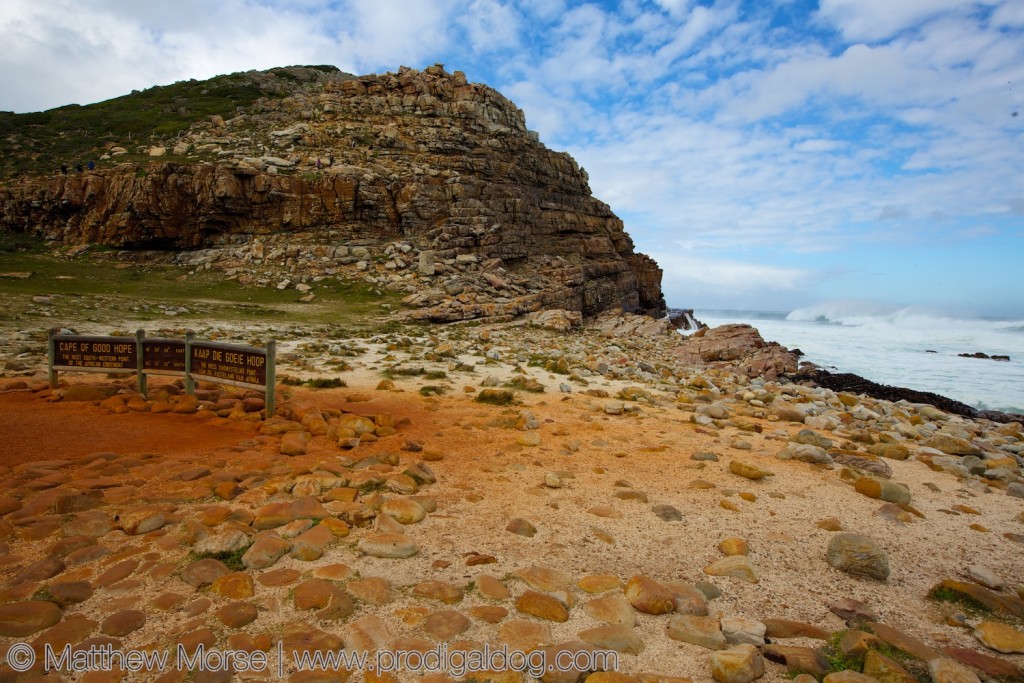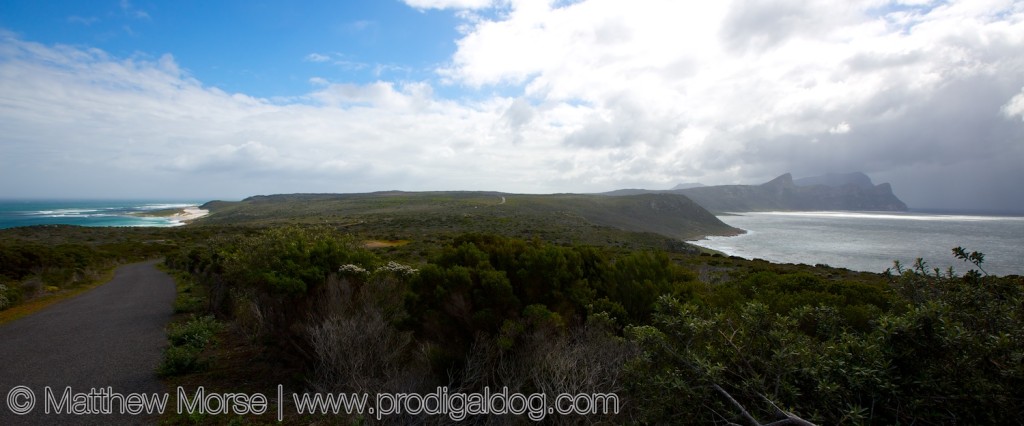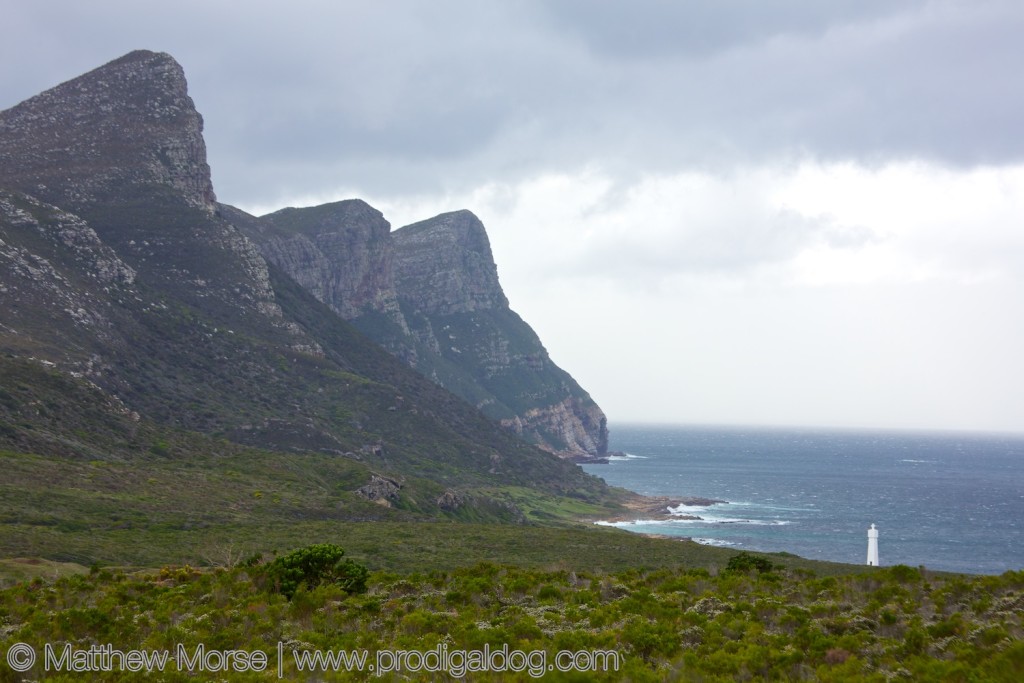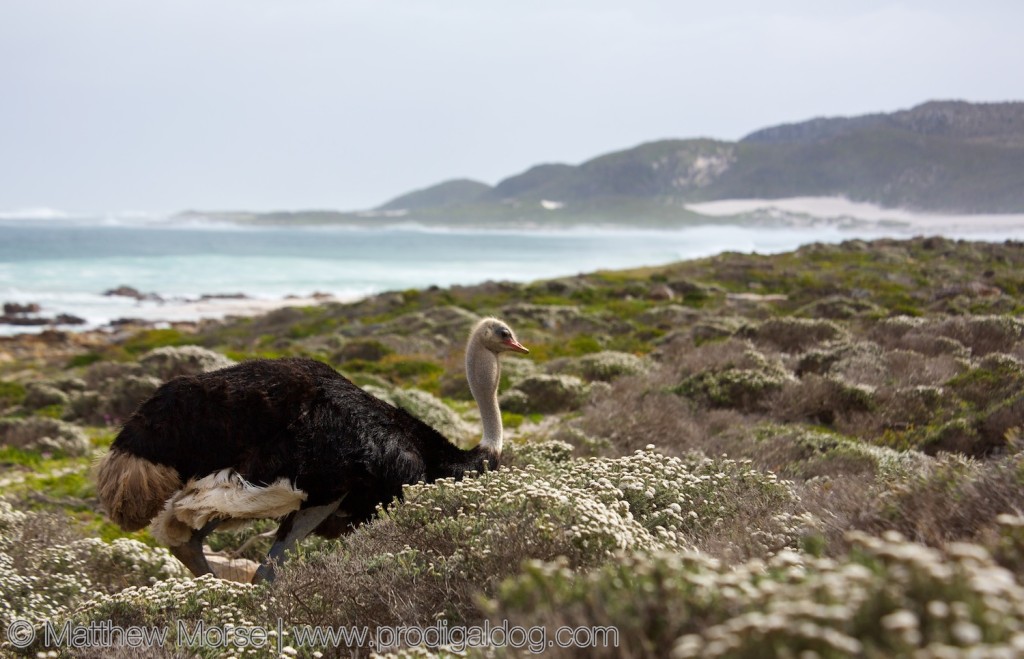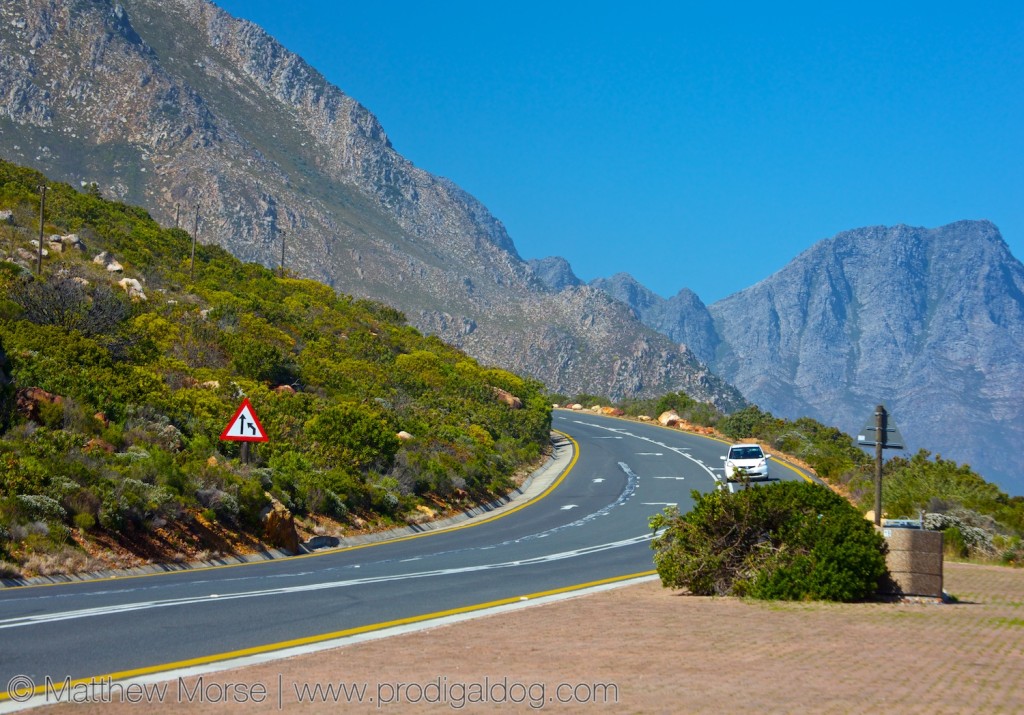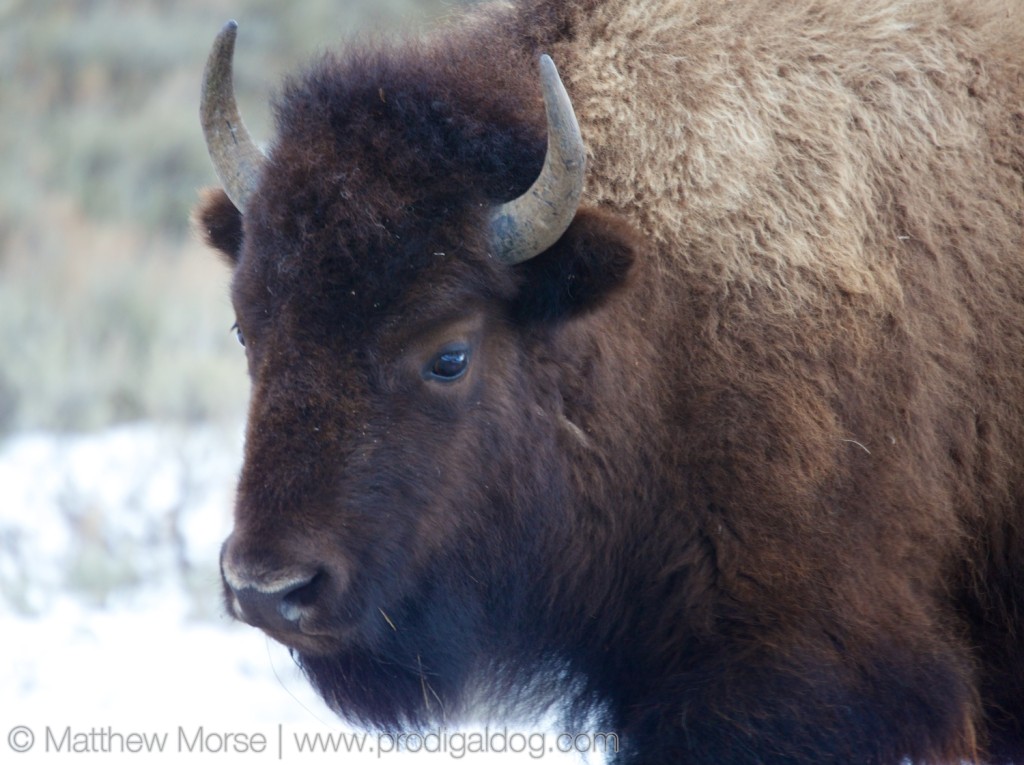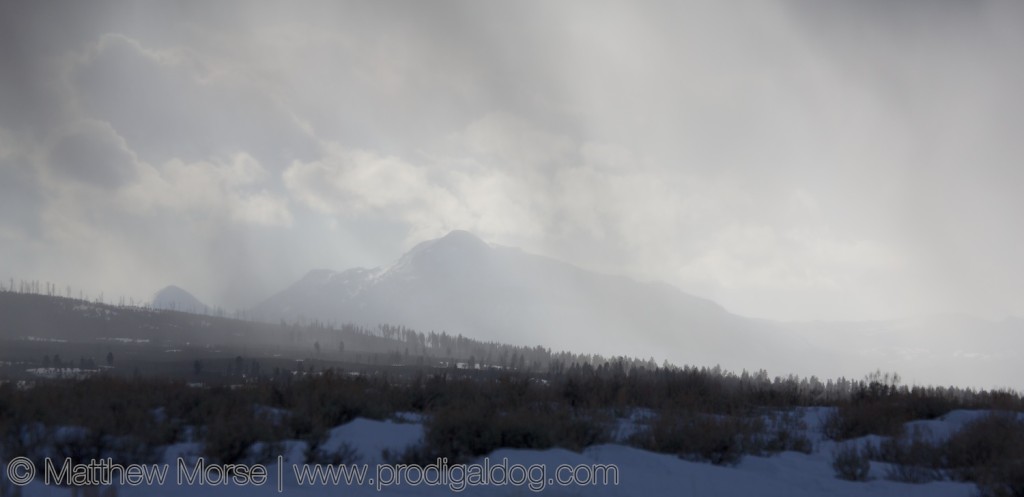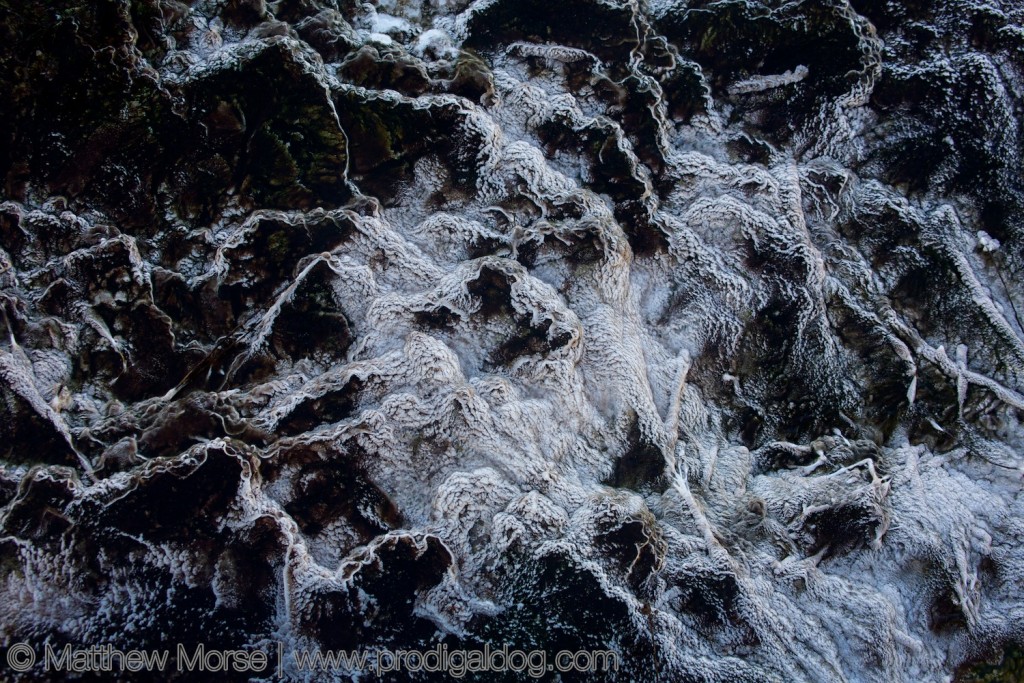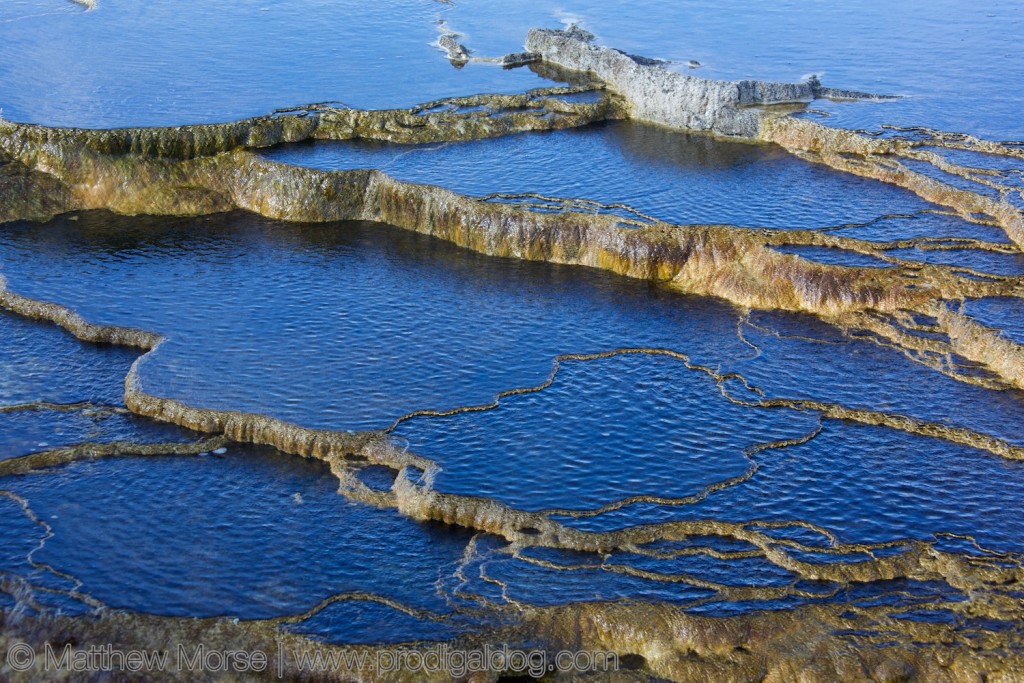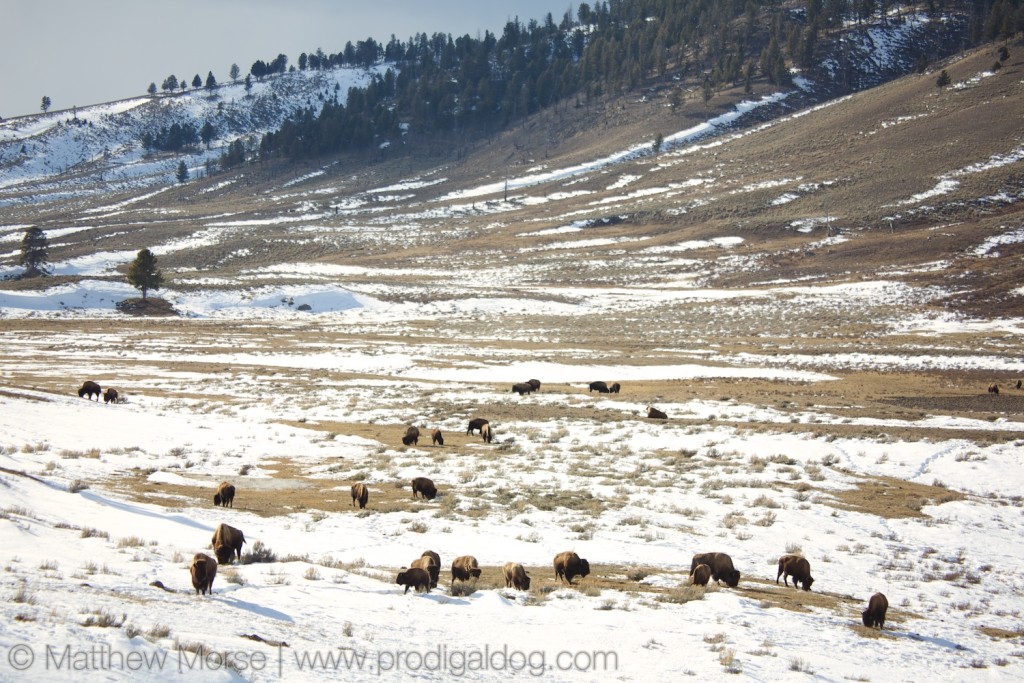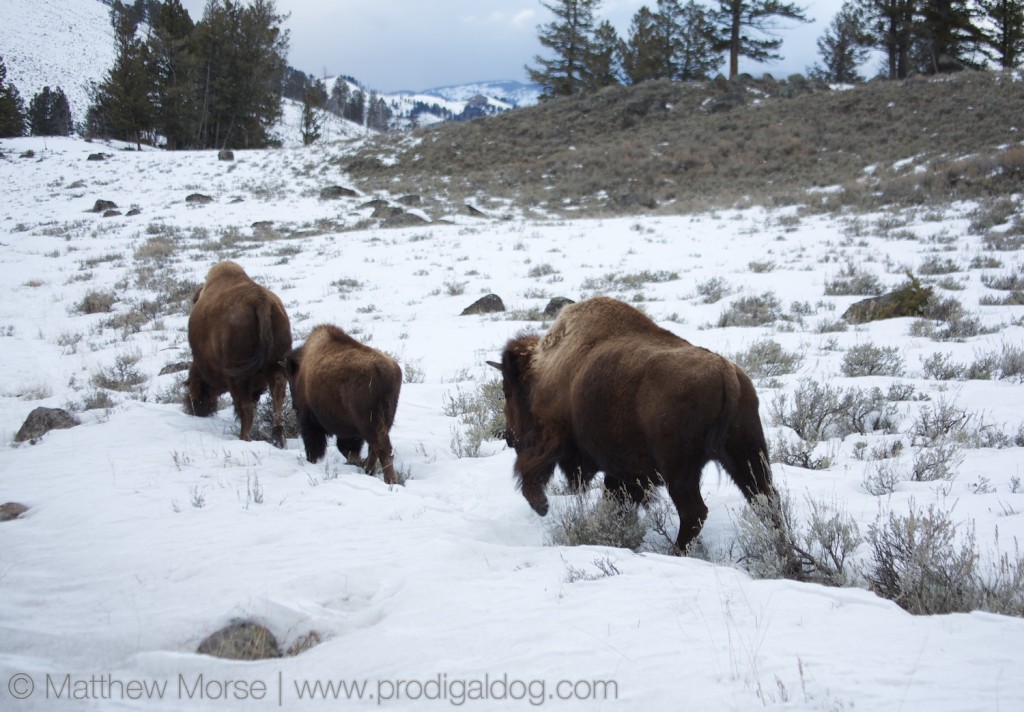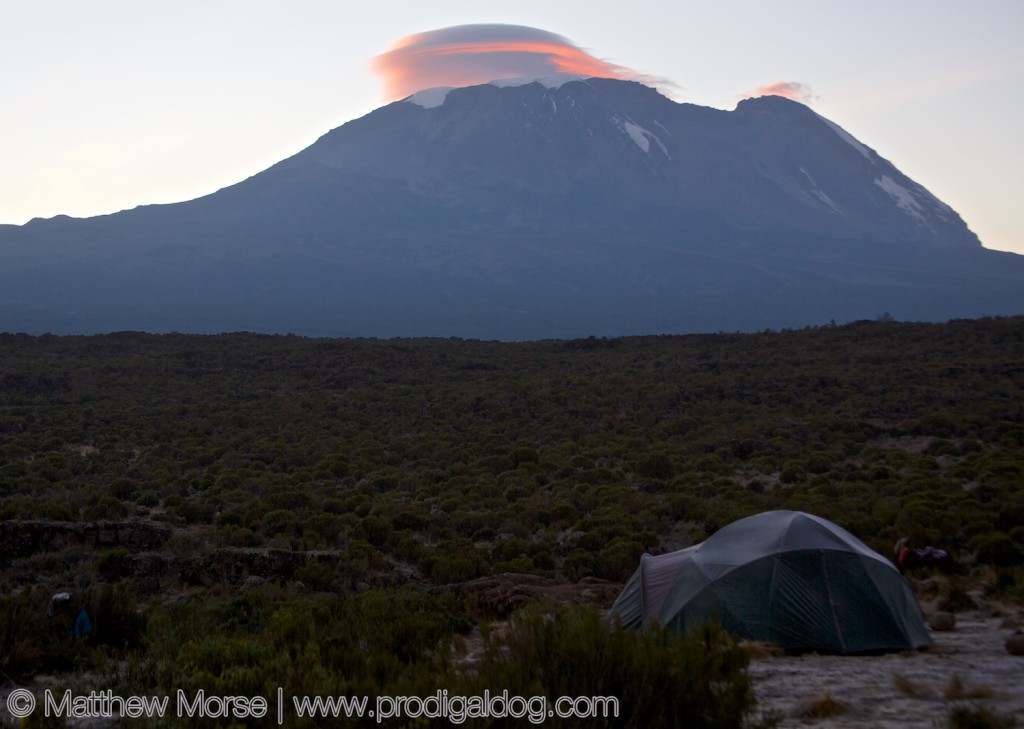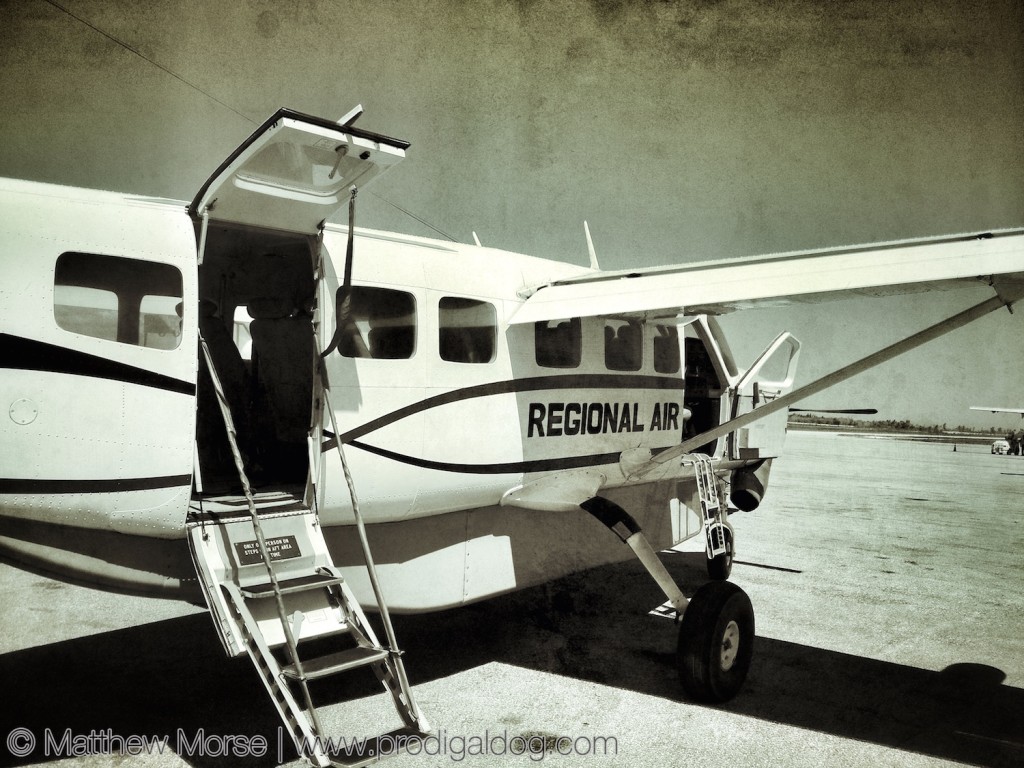The Cape of Good Hope, discovered by the explorer Bartolomeu Dias in 1488, is an iconic symbol of exploration, Africa, and travel on the oceans. It also represents the demarcation between the Atlantic and Indian oceans.* If you ever have the opportunity, discover the Cape of Good Hope for yourself by making the short car trip from Cape Town, South Africa.
The Cape of Good Hope is wrapped in many layers of history and lore — great explorers like Dias and da Gama as well as the legend of The Flying Dutchman and the Cape of Storms all trace back here.
As a result, markers and memorials can be found throughout the Cape Point [official site], the area encompassing the tip of the Cape. Many of these celebrate the various explorers who contributed to the history and discovery of the Cape of Good Hope.
In addition to the history, there is great scenery and wildlife to be found in the area as well. The landscape is unlike any place I’ve been — it almost feels like an alien planet, especially if you’re lucky enough to be there in the low season with few tourists. We also encountered a wild ostrich making its way across the park, and saw evidence of other creatures as well.
To get to Cape Point, you simply set out on the main coastal road heading south from Cape Town. The trip is an excellent opportunity to discover the Cape of Good Hope region, as there are many sights to see along the way, including a penguin colony, and several great coast coastal towns.
And, if you’re in South Africa, you should absolutely head to the northeast of the country to see Kruger and find the Big Five animals: elephant, buffalo, rhino, leopard, and lion.
*Okay, okay. If you really want to be technical about it, the official boundary between the Indian and Atlantic Oceans is Cape Agulhas, a few dozen miles to the east. But most people have never heard of Cape Agulhas and fewer have visited, so let’s just call it Cape Point and make everyone happy!
